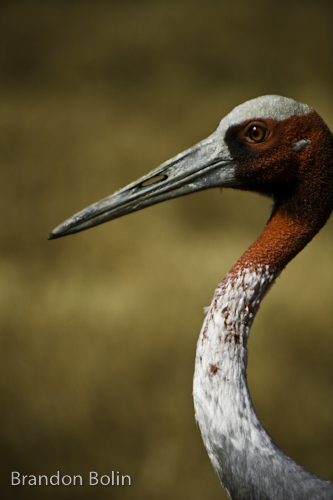
Those of us who have been shooting photography for a number of years remember the transition from film to digital. Today digital photography has become very popular with most everyone having access to camera nearby, even the built in camera with their cell phone. We have more photos today of family, friends, events, and whatever moments we choose to capture.
In the digital world we can capture these moments easier and faster, share, print, correct or as my son Brandon will do digitally alter the images for new creative expression than ever thought of before.
All this digital freedom has given us such an environment that is easier and more enjoyable than before (have you painstakingly worked in the darkroom to create a print). What hasn’t changed in this transition from film to digital are the skills necessary to capture photos that are pleasing right from the start. Too often I hear people say “I’ll fix that in photoshop later”. Really? Do you have that much time? Then of course there are some photos that simply can not be fixed in photoshop.
So when you are out shooting think about things such as the composition of your photo, the lighting in the scene (or lack thereof), distracting elements in the background, etc. Capturing the best possible image in camera first before downloading to your computer will save you time later in editing, correcting, etc. at your computer. Honestly would you rather be out shooting or inside at the computer? I know my answer!
Let’s start with lighting. We all have seen stunning landscape photos and looked at them in awe. A majority of these are shot early morning or late in the day when the light is softer and more dramatic. If you have to shoot mid-day try to find some shade outside of the harsh light coming straight down on your subject. I’ll be publishing a separate article just on lighting, so stay tuned for it.
As for composition, get closer (the name of the game is to fill the frame). Too often I see photos that have lots of distracting elements in it and I’m supposed to figure out what is the key element of the shot. When I’m out shooting people I’m constantly moving around, up/down, side to side to get rid of distracting elements in the background. In fact, when I decide on the subject I’m shooting, when I lift my camera to my eye to compose the shot, I’m no longer looking at the subject but rather past them to see what is in the background that I want to eliminate.
More on Digital Photography another day!